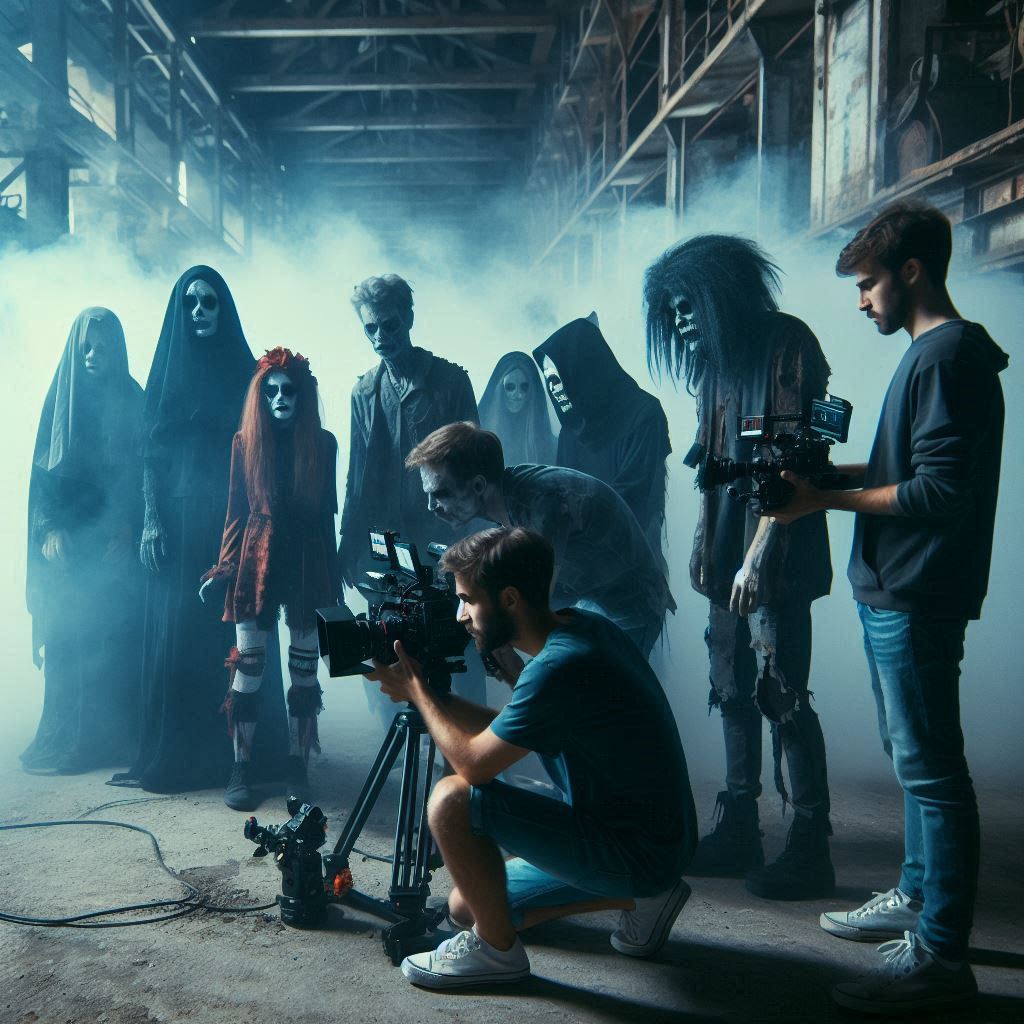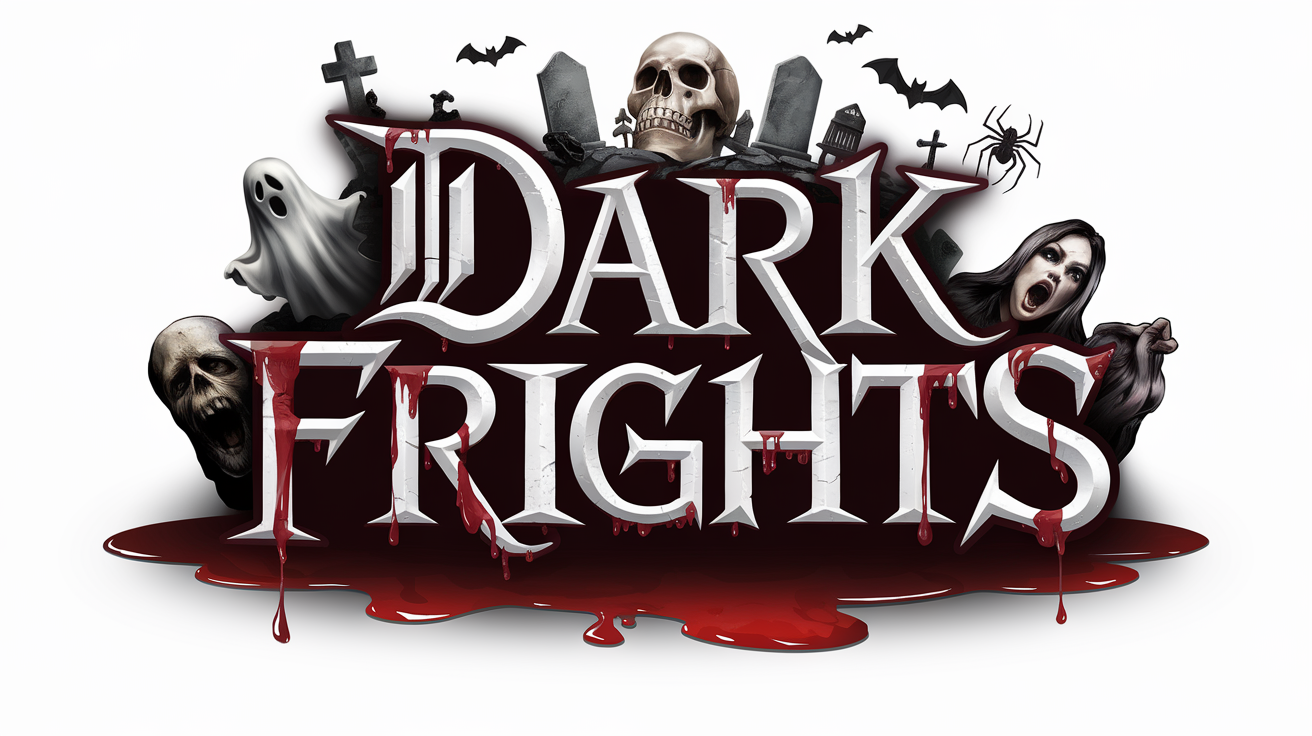Creating an independent horror film can be a thrilling yet challenging endeavor, especially when it comes to budgeting. Independent horror films often operate with significantly lower budgets compared to big studio productions, but this doesn’t mean they can’t be successful or impactful. Let’s dive into the details of what goes into the budget of an independent horror film.
Understanding the Budget
The budget for an independent horror film can vary widely, typically ranging from $10,000 to $10,000,000. However, most independent horror films tend to fall on the lower end of this spectrum, often between $500,000 and $5,000,000. Here’s a breakdown of the key components that make up the budget:
- Pre-Production Costs
- Script Development: This includes paying writers, script revisions, and legal fees for copyrighting the script.
- Crew Salaries: Hiring a director, producers, assistant directors, and other key crew members.
- Location Scouting: Travel expenses and fees for securing shooting locations.
- Casting: Audition costs, casting director fees, and actor salaries.
- Production Costs
- Equipment Rental: Cameras, lighting, sound equipment, and other necessary gear.
- Set Design and Construction: Building sets, props, and special effects.
- Costumes and Makeup: Wardrobe, special effects makeup, and prosthetics.
- Cast and Crew Salaries: Daily wages for actors, crew members, and other personnel on set.
- Location Fees: Costs associated with shooting at specific locations, including permits and insurance.
- Post-Production Costs
- Editing: Fees for editors and post-production software.
- Visual Effects: Costs for CGI and other visual effects.
- Sound Design: Sound editing, foley work, and music licensing.
- Color Grading: Adjusting the color and tone of the film.
- Marketing and Distribution: Promoting the film through trailers, posters, social media, and film festival submissions.

Maximizing Resources
Independent filmmakers often have to be resourceful and creative to stretch their budgets. This can include:
- Crowdfunding: Platforms like Kickstarter and Indiegogo can help raise funds from fans and supporters.
- In-kind Sponsorships: Securing free or discounted services and products from local businesses.
- Tax Incentives: Taking advantage of tax credits and rebates offered by certain regions for film production.
- Digital Distribution: Releasing the film on streaming platforms or through digital rentals to reduce distribution costs.
Case Studies:
Some independent horror films have achieved great success with minimal budgets. For example, “The Blair Witch Project” was made on a budget of around $60,000 and went on to gross over $248 million worldwide. Similarly, “Paranormal Activity” was produced for just $15,000 and earned over $193 million.
KO’s Conclusion:
While budgeting for an independent horror film can be daunting, it’s also an opportunity for filmmakers to showcase their creativity and resourcefulness. With careful planning and strategic use of resources, independent horror films can not only be made on a shoestring budget but can also achieve significant success and impact.


